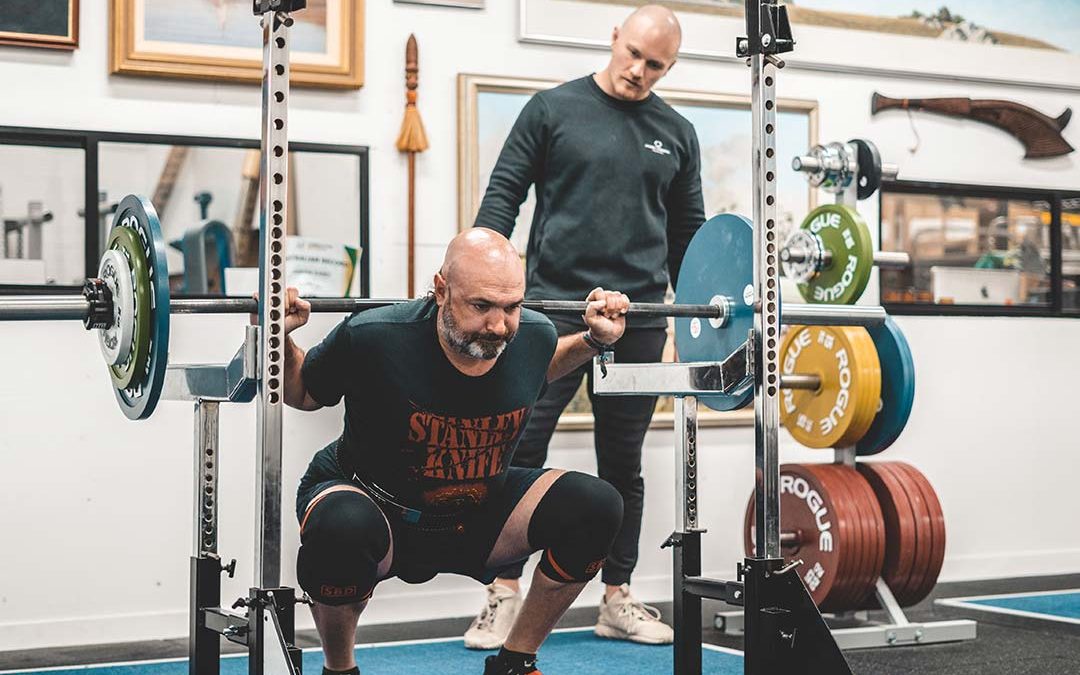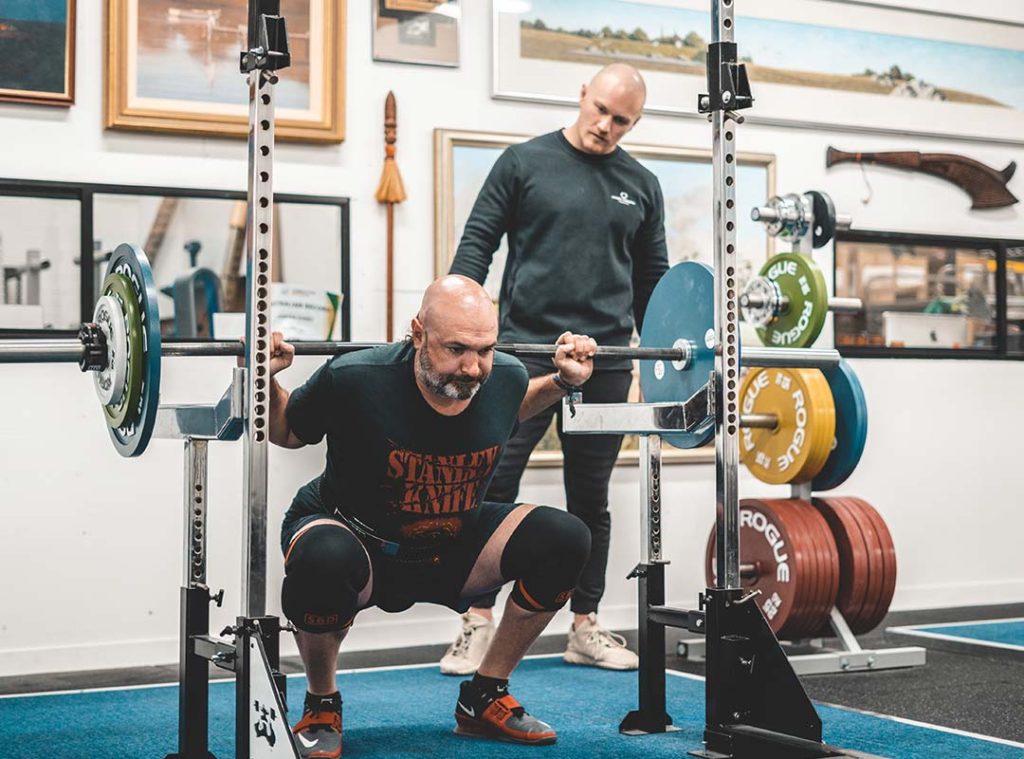Getting healthy can sometimes feel like a list of chores. Exercise regularly, drink more water, get more sleep and make sure you stretch! Even if it’s not those exact words, the idea of “flexibility” being important is common. Rarely however is it stated where abouts and how flexible you should be. Secondly, flexibility is treated as its own unique attribute to train, somehow neglected by exercise. Lastly, the typical depiction of stretching is to simply hold a position at length for a short period of time, but this isn’t the only way. So, why does this matter? We believe your time matters. As a result, we believe in educating people about what matters most for their health and how they can get their best return on investment. So, let’s get ready to stretch your expectations and talk about if you need to stretch for health.
Getting bendy
To start with, let’s discuss a simple muscle contraction. Now, we won’t get into the physiology that underpins how individual muscle fibres shorten through contractile proteins. Instead, let’s keep it a bit more surface level and simply make a note a muscle bulges when it shortens. That means you’ll feel a muscle come together and squeeze hard when the end of the muscle belly moves towards the start. For example, flex your biceps. Notice the bicep bulges when you squeeze the first closer to the shoulder? We call that the “concentric” phase. When straightening out your arm the muscle lengthens. This is the “eccentric” phase. If you were to pull down on the end of your fingers as your arm was stretched out and hold, this would be a typical static stretch. This motion sounds awfully like a Biceps Curl…
What if I told you every basic exercise you perform is an opportunity to “stretch” your muscles?
Specifically stretchy
Now that you’re aware of some basic physiology, let’s introduce a new concept. It’s called the SAID principle, or “specific adaptations to imposed demands.” This principle, in its simplest form, explains how the things you train are the things you’ll get better at. If it’s apparent that you require a certain level of flexibility, it may be beneficial to prepare for that by training within or towards that range. A squat is a fantastic way to strengthen the muscles of the lower body. However, let’s say someone participates in tennis and finds themselves taking deep lateral steps as they go to hit the ball. It may be beneficial to also perform some lateral lunges. Instead of “stretching” by performing a static hold, we can apply the principles of strength training and help someone progressively get stronger at a lateral lunge whilst also building a tolerance to that range of motion.
The choice is yours
So, do you need to stretch? At Sydney Strength Training we encourage all forms of activity. If on a day off you love to stretch to help you unwind and feel good, we encourage it. That being said, push comes to shove, we don’t recommend static stretching. Instead, we recommend people perform strength training across their entire body, using a full range of motion and a wide range of exercises. We believe confidently that this will provide the most “bang for your buck”. For instance, we believed a “well balanced” program will probably involve the following:
- A lower body knee flexion pattern (like squats, leg presses and lunges)
- A lower body hip extension pattern (like deadlifts and hip thrusts)
- An upper body vertical and horizontal push pattern (a bench and shoulder press)
- An upper body vertical and horizontal pull pattern (like a lat pulldown and dumbbell row)
- A variety of trunk exercises that get us to bend, rotate and extend (like sit-ups, Russian twists and back extensions)
Strong and flexible, for life
If you enjoy holding a static stretch, whether it be after training, on a day off or before bed, be our guest and go for it! If there’s a particular flexibility goal that’s important to you, like wanting to achieve the splits, we encourage you to go for it. That being said, for your best return on investment a well-structured strength program will provide you with all the “flexibility” you need for everyday life. You may also find getting stronger is the fastest way towards getting more flexible! Whether it be walking up the stairs, hanging out the laundry, picking the kids up off the floor or getting involved in a game of backyard cricket, strength training will help you get Stronger for Life. If you’re looking to get stronger and more flexible but aren’t sure where to start, contact us here.
References:
- Nuzzo JL. The Case for Retiring Flexibility as a Major Component of Physical Fitness. Sports Med. 2020 May;50(5):853-870. doi: 10.1007/s40279-019-01248-w. PMID: 31845202.
- Gleim GW, McHugh MP. Flexibility and its effects on sports injury and performance. Sports Med. 1997 Nov;24(5):289-99. doi: 10.2165/00007256-199724050-00001. PMID: 9368275.
- Morton SK, Whitehead JR, Brinkert RH, Caine DJ. Resistance training vs. static stretching: effects on flexibility and strength. J Strength Cond Res. 2011 Dec;25(12):3391-8. doi: 10.1519/JSC.0b013e31821624aa. PMID: 21969080.
- Afonso, J., Clemente, F., Nakamura, F., Morouço, P., Sarmento, H., Inman, R., & Ramirez-Campillo, R. (2021, May 5). The Effectiveness of Post-exercise Stretching in Short-Term and Delayed Recovery of Strength, Range of Motion and Delayed Onset Muscle Soreness: A Systematic Review and Meta-Analysis of Randomized Controlled Trials. Frontiers in Physiology, 12, Article 677581. https://doi.org/10.3389/fphys.2021.677581

